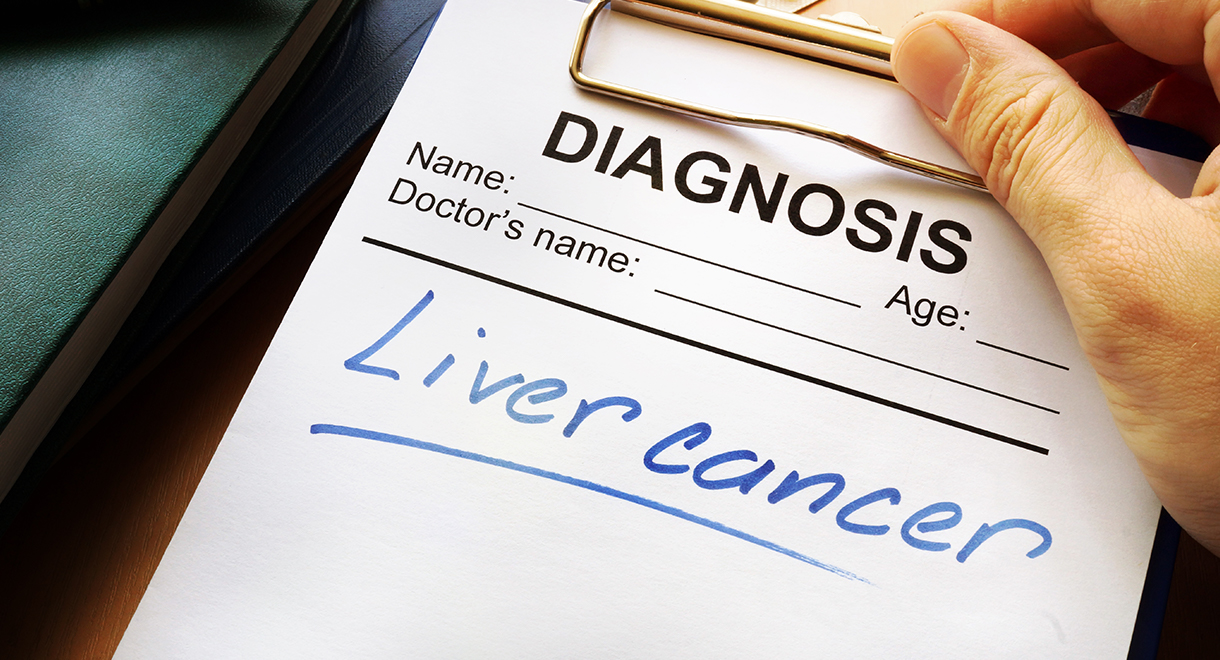

Liver Cancer Skyrocketing
Huge leap in liver cancer incidence in men! A recent Australian study has found that rates of liver cancer in NSW are rising faster than any other cancer.
The incidence of liver cancer in Australian males is expected to rise 43 percent in ten years. According to research published in the journal Cancer Forum, a number of factors are responsible for the increase in liver cancer; they include:
- A rising incidence of chronic hepatitis B and C
- A lack of testing for hepatitis
- Low levels of use of antiviral medication
The earlier hepatitis B or C are diagnosed, the better the prognosis. Unfortunately these infections are often diagnosed very late, when substantial liver damage has already occurred.
Hepatitis C is much more likely to cause liver cancer than hepatitis B. Earlier research has confirmed that hepatitis C is the fastest growing infectious disease in the USA and Australia; therefore the above statistics likely apply to the USA also.
You can catch hepatitis B or C through contact with blood or sexual secretions. Hepatitis B can cause mild or severe symptoms such as jaundice, nausea, fatigue, fever and joint pain. Hepatitis C typically produces very mild symptoms or no symptoms at all, therefore many people are completely unaware they are infected.
The majority of people clear the hepatitis B virus from their body and they do not suffer any health consequences. Unfortunately a small percentage of people are not able to eradicate the virus from their body, therefore they develop a chronic form of hepatitis B. These people are at risk of developing liver cancer or cirrhosis of the liver approximately ten or 20 years after contracting the virus.
Hepatitis C is a much more serious infection; the vast majority of people are not able to clear the virus from their body, therefore they live with chronic hepatitis C infection. Chronic infection with the virus typically produces no symptoms at all, however it causes long term damage to the liver. Approximately 25 percent of people with hepatitis C develop liver cancer or cirrhosis of the liver. In many cases they do not realise they have a serious medical condition until it is too late.
How to reduce liver damage from hepatitis viruses
First of all it is important to try and prevent catching hepatitis B or C in the first place. This can be achieved through practicing safe sex and avoiding contact with blood; not sharing equipment used for injecting drugs, and avoiding unhygienic techniques of body piercing or tattooing. Cocaine snorting can also transmit these viruses
A blood test can determine if you have hepatitis B or C. If you believe you may be at risk of contracting either virus it is advisable to have an annual blood test through your doctor.
If you have chronic hepatitis we recommend the following:
- Follow the healthy eating principles in chapter 5 of our book The Liver Cleansing Diet. The healthier you are and the better your immune system, the less likely you are to develop liver damage.
- Avoid alcohol and cigarettes. Even small quantities adversely affect those with hepatitis.
- A moderate intake of coffee can actually help to reduce the risk of liver damage. That would be two or three cups of coffee per day. Avoid adding sugar or artificial sweeteners to coffee; use stevia or xylitol instead.
- Avoid acetaminophen (paracetamol).
- Avoid being overweight; excess weight worsens inflammation occurring in the liver.
- Drink raw vegetable juices daily. See our book Raw Juices Can Save Your Life for recipes.
- Increase your consumption of beneficial fats, as they have an anti-inflammatory effect. Good fats include omega 3 fish oil, ground flaxseeds, avocados, olive oil and organic coconut oil.
- Take a good liver tonic to protect liver cells from the harmful effects of inflammation. Livatone Plus has been designed by Dr Cabot to provide the nutrients required by liver cells.
- Selenium and vitamin D have antiviral effects; it is best to take these nutrients in supplement form.
- Treatment for hepatitis C using pegylated interferon and ribavirin reduces liver inflammation and helps to clear the virus in 30 to 65 percent of cases. Unfortunately this therapy can have unpleasant side effects.
Know someone who might benefit from this article? Share it!
2 Comments
Need Help?
1-888-75-LIVER
Monday to Friday, 9:00 am to 5:00 pm MST
100%
Satisfaction Guaranteed
If it’s faulty or wrongly described, we’ll replace it.











Pegylated interferon is not used anymore for hep C.
in general you are correct, but in patients with both HBV and HCV interferon is sometimes used - see my videos on hepatitis B and C on liverdoctor.com
Thanks for your comment
Dr Sandra Cabot